The Korea Superconducting Tokamak Advanced Research(KSTAR), a superconducting fusion device also known as the Korean artificial sun, set the new world record as it succeeded in maintaining the high temperature plasma for 20 seconds with an ion temperature over 100 million degrees.
Category: nuclear energy – Page 112

Media release BWXT make significant progress towards producing life-saving isotope at Darlington
Peterborough, ON — Ontario Power Generation (OPG), its subsidiary Laurentis Energy Partners (Laurentis), BWXT ITG Canada Inc. and its affiliates (BWXT) are making significant progress toward the production of molybdenum-99 (Mo-99) at OPG’s Darlington Nuclear Generating Station. Mo-99 is a much-needed medical isotope used in over 40 million procedures a year to detect cancers and diagnose various medical conditions.
Over the past 24 months, a team of more than 100 personnel at BWXT and Laurentis designed specialized tooling at BWXT’s facility in Peterborough to enable the production of Mo-99 at Darlington. The manufacturing of this specialized tooling is currently underway at the same BWXT facility in Peterborough.
BWXT has also built a fabrication facility at its current location in Peterborough to produce Mo-99 components that will be delivered by the specialized tooling, which will be installed at Darlington. The tooling will deliver the molybdenum into the Darlington reactor for irradiation, which will enable Darlington to become the first commercial operating nuclear reactor to produce Mo-99.
“This advanced equipment is an example of how Laurentis is maximizing decades of experience within the nuclear industry for the delivery of innovative solutions,” said Dominique Minière, President of Laurentis Energy Partners. “These milestones represent a considerable step forward in the implementation of this industry-leading technology.”
Inside JET: The world’s biggest nuclear fusion experiment | On Location
Inside these walls, scientists have been trying for decades to create an unlimited source of energy, nuclear fusion. Welcome to JET, the world’s biggest nuclear fusion experiment.
Scientists argue that fusion could replace coal gas and nuclear fission in the energy mix alongside renewable energy, which can prove to be unreliable. If we can learn to control it, nuclear fusion could change life as we know it. But that’s a big if.
This video was produced as part of Digital Society, a publishing partnership between WIRED and Vontobel where all content is editorially independent. Visit Vontobel Impact for more stories on how technology is shaping the future of society: https://www.vontobel.com/en-int/about-vontobel/impact/
With thanks to the CCFE: https://ccfe.ukaea.uk.
#WIRED #NuclearFusion #NuclearReactor

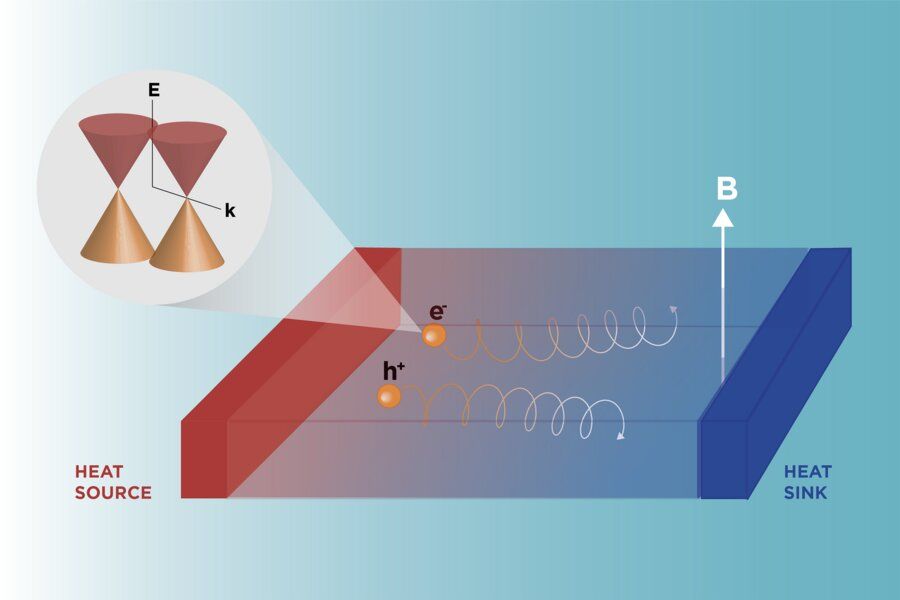
A cool advance in thermoelectric conversion
More than two-thirds of the energy used worldwide is ultimately ejected as “waste heat.” Within that reservoir of discarded energy lies a great and largely untapped opportunity, claim scientists in MIT’s Department of Nuclear Science and Engineering (NSE). As reported in a recent issue of Nature Communications, the MIT team—led by Assistant Professor Mingda Li, who heads NSE’s Quantum Matter Group—has achieved a breakthrough in thermoelectric generation, which offers a direct means of converting thermal energy, including waste heat, into electricity.
A temperature gradient, or difference, within a material such as a metal or semiconductor can, through a phenomenon known as the Seebeck effect, give rise to an electrical voltage that drives a current. “For many materials, the thermoelectric effect is too low to be useful,” explains NSE Research Scientist Fei Han. “Our goal is to find materials with conversion efficiencies high enough to make thermoelectric generation more practical.”
The efficiency of thermoelectric energy conversion is proportional to a material’s temperature, electrical conductivity, and something called the “thermopower” squared; it is inversely proportional to the thermal conductivity. Because efficiency goes up with temperature, most thermoelectric materials used today operate in the range of hundreds of degrees centigrade. “But in our lives, most of the stuff around us is at room temperature,” Han says. “That’s why we’re trying to discover new materials that work effectively at or below room temperature.”
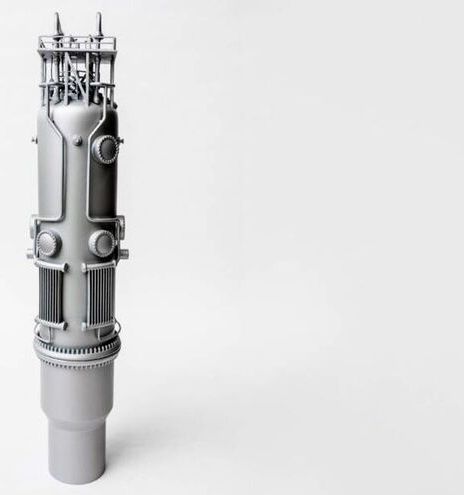
Tiny Nuclear Reactors Yield a Huge Amount of Clean Hydrogen
They’re another welcome weapon in the fight against fossil fuels.
After getting bodied in the news cycle for a few months, small modular nuclear startup NuScale Power has an additional potential path to the diverse energy market. In a new evaluation run by the U.S. Department of Energy’s Idaho National Laboratory, NuScale’s nuclear module performed effective catalysis for hydrogen.
☢️You love nuclear. So do we. Let’s nerd out over nuclear together.
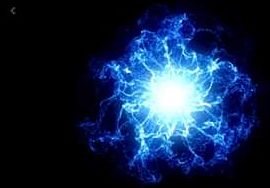
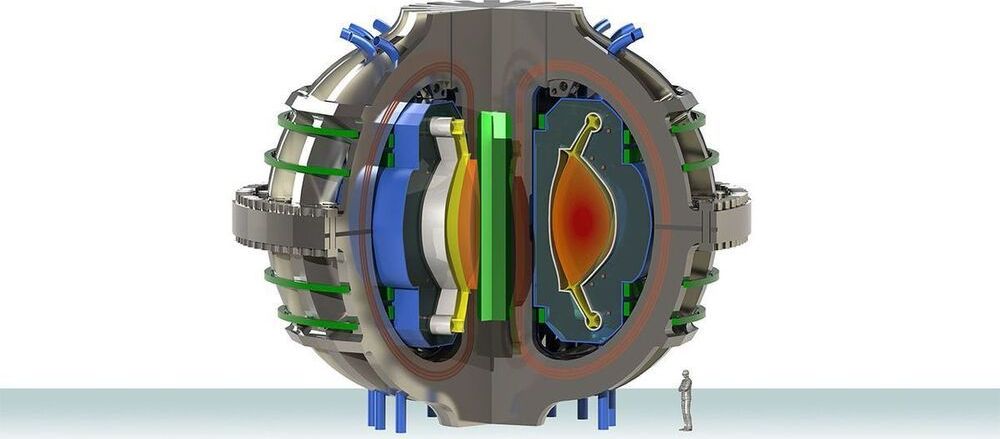
America Finally Makes Plans for Its Own Nuclear Fusion Power Plant
It’s happening at last.
For the first time, a major group of American scientists has agreed to work toward opening a nuclear fusion plant by the 2040s. The timeframe is intentional, letting scientists work on and learn from giant projects like Europe’s ITER and China’s EAST before designing a prototype of a fusion plant for the United States.
☢️ You love nuclear. So do we. Let’s nerd out over nuclear together.
Small Modular Reactors Explained — Nuclear Power’s Future?
Nuclear Power’s Future? Get Surfshark VPN at https://surfshark.deals/undecided and enter promo code UNDECIDED for 84% off and 4 extra months for free! With the growing popularity of solar and wind, we sometimes forget another powerful low-carbon energy source: nuclear. It can be a divisive topic, but there’s a really interesting alternative to building out massive, expensive nuclear plants that’s worth talking about: Small Modular Reactors. What are they? What are the benefits? And do they really address the downsides of nuclear energy?
▻ Watch Liquid Air Battery Explained — Rival to Lithium Ion Batteries? https://youtu.be/yb1Nuk3_t_4
▻ Follow-up podcast episode: coming soon — http://bit.ly/stilltbdfm.
▻ Full script and citations: https://undecidedmf.com/episodes/2020/12/1/small-modular-rea…ers-future.
▶ ▶ ▶ ADDITIONAL INFO ◀ ◀ ◀
▻ Support us on Patreon!
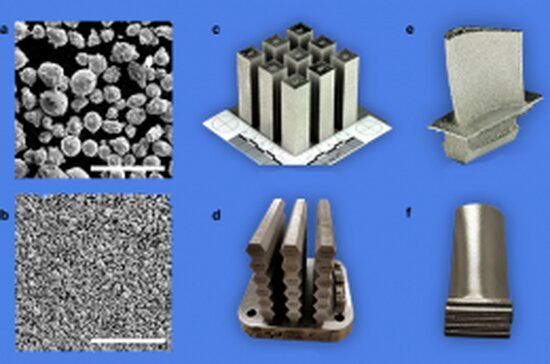
Research group has made a defect-resistant superalloy that can be 3D-printed
In recent years, it has become possible to use laser beams and electron beams to “print” engineering objects with complex shapes that could not be achieved by conventional manufacturing. The additive manufacturing (AM) process, or 3D printing, for metallic materials involves melting and fusing fine-scale powder particles—each about 10 times finer than a grain of beach sand—in sub-millimeter-scale “pools” created by focusing a laser or electron beam on the material.
“The highly focused beams provide exquisite control, enabling ‘tuning’ of properties in critical locations of the printed object,” said Tresa Pollock, a professor of materials and associate dean of the College of Engineering at UC Santa Barbara. “Unfortunately, many advanced metallic alloys used in extreme heat-intensive and chemically corrosive environments encountered in energy, space and nuclear applications are not compatible with the AM process.”
The challenge of discovering new AM-compatible materials was irresistible for Pollock, a world-renowned scientist who conducts research on advanced metallic materials and coatings. “This was interesting,” she said, “because a suite of highly compatible alloys could transform the production of metallic materials having high economic value—i.e. materials that are expensive because their constituents are relatively rare within the earth’s crust—by enabling the manufacture of geometrically complex designs with minimal material waste.